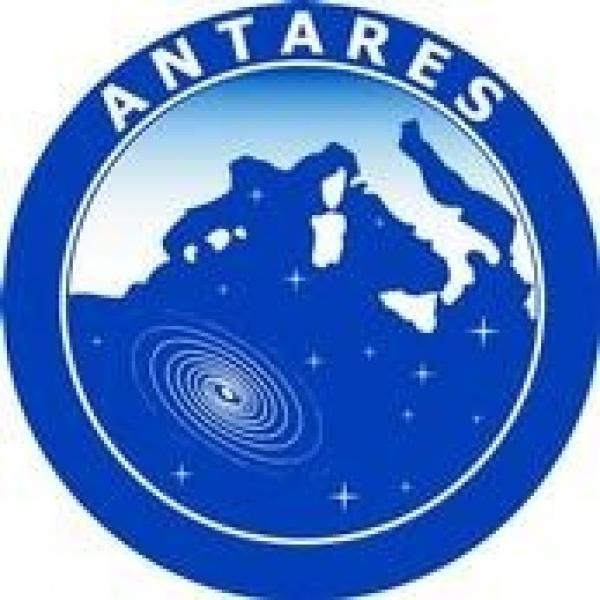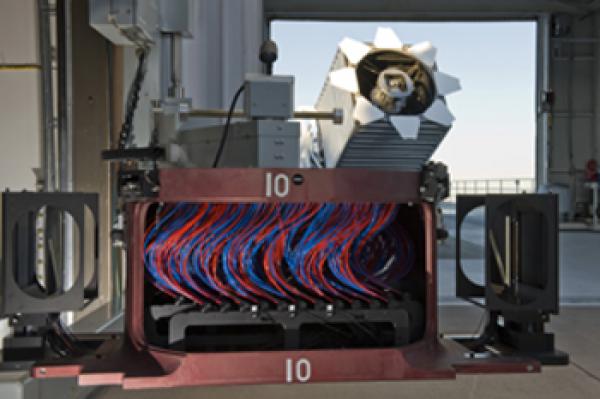BOSS, eBOSS, DESI
Most of the content of the Universe, about 70%, is dominated by an energetic component that is neither matter nor radiation: dark energy. This mysterious component, first observed in 1998 with supernovae, revolutionized our vision of the evolution of the Universe and is one of the major discoveries of the end of the 20th century.
A characteristic scale of about 500 million light-years, acting as a "standard meter", is present in the distribution of matter on a cosmic scale.








